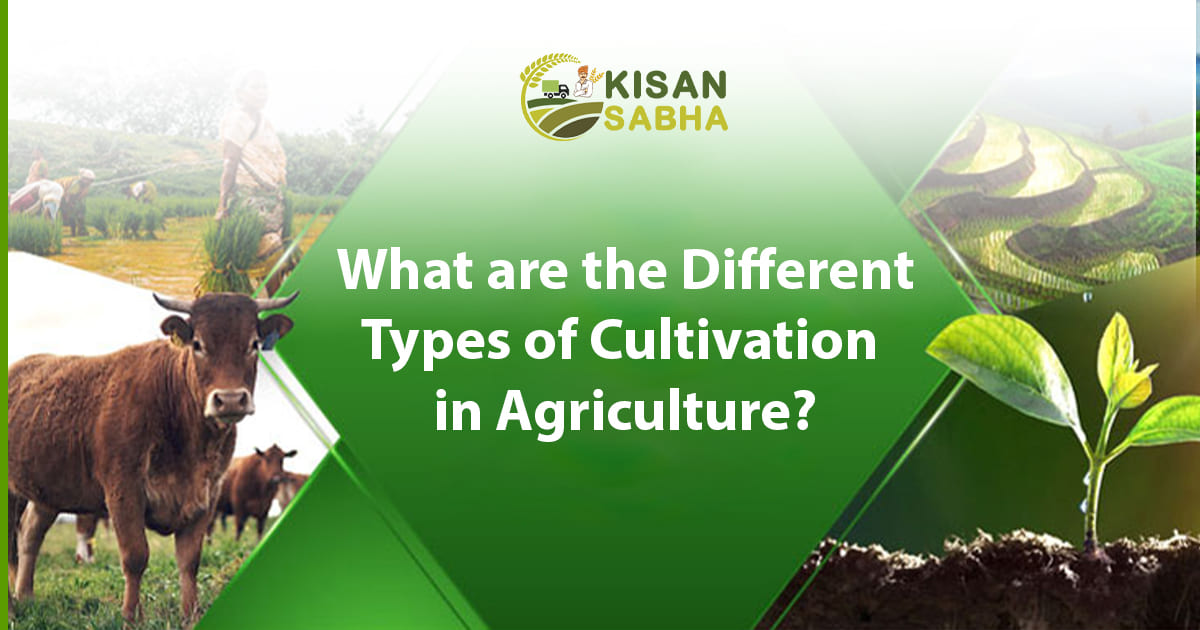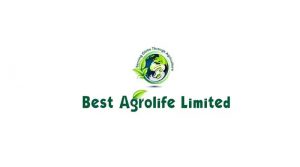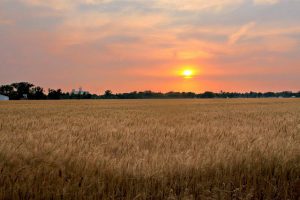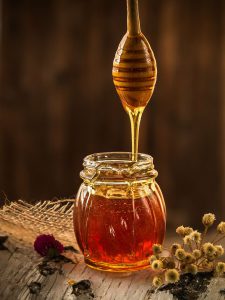Crop cultivation is a human endeavor that dates back thousands of years. It was only a matter of sowing seeds and seeing them sprout in the beginning. But just as humans have changed, so has agriculture. These days, agriculture uses a wide variety of growing techniques, each having pros and cons of its own. We shall examine the top 5 categories of agricultural cultivation in this blog.
Five Types of Cultivation in Agriculture
Traditional Farming
The first type of cultivation is called traditional cultivation. It entails tilling the soil, cleaning the ground, and sowing seeds. After sowing the seeds, the farmer will continue to weed and hydrate the land until the crops are ready to be harvested. Many regions of the world continue to practice traditional agriculture today, especially emerging nations.
Traditional agriculture has the benefit of being reasonably priced. Farmers do not need to spend a lot of money on costly machinery or technology to raise crops using conventional methods. Furthermore, because traditional farming depends more on natural processes than on chemicals, it is frequently more sustainable than other kinds of cultivation.
Traditional farming does, however, come with certain drawbacks. It frequently requires a lot of labor and time. Furthermore, managing diseases and pests without the use of pesticides can be challenging. Lastly, compared to other farming methods, traditional agriculture frequently produces poorer crop yields.
Intensive Cultivation
A modern kind of farming called intensive cultivation makes use of sophisticated machinery and high levels of technology to raise crops. In affluent nations, where farmers have access to cutting-edge technology and funding, this approach is frequently employed.
The ability to increase agricultural yields is one benefit of intensive farming for farmers. Farmers may increase the effectiveness and efficiency of crop planting by utilizing machines and cutting-edge technologies. Additionally, because robots can execute many of the duties that would otherwise need to be done by hand, intensive agriculture frequently takes less labour than conventional cultivation.
Intensive farming does, however, come with drawbacks. Purchasing the equipment and technologies required for intensive farming can be costly. Furthermore, fertilizers and chemicals used in intensive farming are frequently environmentally hazardous. Lastly, over time, intensive farming may result in decreased soil fertility and soil deterioration.
Organic Farming
Organic farming is a method of growing food without the use of chemicals or fertilizers, instead depending on natural processes. Rather, organic farmers cultivate crops using methods including crop rotation, composting, and organic pest management.
Compared to other growing methods, organic farming has the advantage of being more sustainable. Organic farmers can lessen their environmental effects by not using pesticides or fertilizers. Furthermore, compared to conventionally cultivated crops, organic foods frequently have better nutritional content.
But there are drawbacks to growing food organically as well. Controlling illnesses and pests without using pesticides may be challenging. Furthermore, compared to conventional cultivation methods, organic farming frequently produces poorer crop yields. Overall the cost of producing organic crops may be higher than conventionally produced crops due to the increased labour and resource requirements.
Hydroponic Cultivation
Hydroponic farming is a type of agriculture where crops are grown in water instead of soil. Nutrient-rich water is used in hydroponic systems to provide plants with the nutrients they require to thrive.
Hydroponic farming enables farmers to cultivate crops in regions where soil is scarce or of low quality. Furthermore, hydroponic systems are more sustainable since they frequently use less water than conventional production techniques.
Hydroponic farming does, however, come with several drawbacks. A hydroponic system’s setup costs might be high since it needs certain tools and supplies. Finally, compared to other growth methods, hydroponic systems frequently provide lower crop yields.
Agroforestry Cultivation
Farmers practice agroforestry, a type of farming involving planting crops alongside trees. This technique is commonly applied in regions where arable land is scarce.
Growing crops and trees concurrently maximizes the area that can be used for farming, which is one benefit of agroforestry agriculture. Agroforestry systems can also aid in preventing soil erosion and enhancing the quality of the soil.
Nevertheless, there are drawbacks to agroforestry farming as well. Because crops and trees require different amounts of light, water, and nutrients, managing a mixture of the two can be challenging. Furthermore, agroforestry systems may yield lower yields than conventional farming techniques, especially in the near run.
Also Read:- Which Key Factors Influence Plant Growth?
In conclusion
In agriculture, farmers employ a wide variety of cultivation techniques, each offering unique benefits and drawbacks. Intensive farming dominates industrialized nations, while traditional agriculture persists in many other regions of the world. Organic farming has gained popularity due to its environmental and health benefits, capturing the interest of an increasing number of people. In places with a shortage of arable land, hydroponic agriculture is becoming more and more popular as a relatively new method of farming.
Lastly, to make the most use of the available area, agroforestry is a special type of horticulture that blends crops with trees. It is more crucial than ever to develop efficient and sustainable crop-growing techniques as our population continues to rise. We may strive towards a more productive and sustainable future for agriculture by being aware of the many kinds of agricultural techniques that are accessible.





